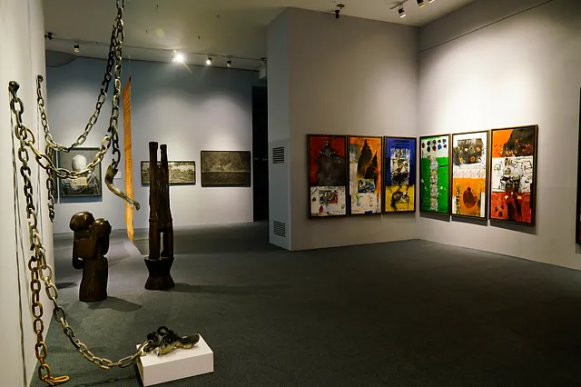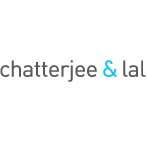Other Shows
There Once Was a Village Here | Dhaka Art Summit
Minam Apang
2018

Overview
Bearing Point 4 | There Once Was A Village Here – A Group Show
Participating Artists: Amin Taasha, Ayesha Jatoi, Gauri Gill and Rajesh Vangad, Hitman Gurung, Htein Lin, Jakkai Siributr, Joydeb Roaja, Kanak Chanpa Chakma, Khadim Ali, Minam Apang, Munem Wasif, Nilima Sheikh, Pablo Bartholomew, Prabhakar Pachpute, Ramesh Mario Nithiyendran, Raqib Shaw, Shahid Sajjad, Soe Yu Nwe, Sonia Jabbar, Veer Munshi.
There Once was a Village Here was a Bearing Point that considered what anthropologist Jason Cons describes as “sensitive spaces” – spaces that challenge ideas of nation, state, and territory where cultures exist that do not fit the image that the state has for itself. These spaces, which like many villages, are often razed with its people forced to succumb to the state, subdue to its needs, or submit to the domination of majority forces. However, the social fabric of a village often remains intact through oral tradition. South Asian artists have been advocating for these “sensitive spaces” for decades, however this Bearing Point differed in the sense that rather than advancing the visibility of internationally acclaimed and highly networked artists, it provided a space for artists from these communities to join these networks and speak for themselves. When the British carved out Pakistan from an independent India in 1947, creating East and West wings, they formed a country only united by its common majority religion, Islam, ignoring the plurality found in Islam’s cultures of worship, as well as the vast cultural contributions that Buddhism and Hinduism lent to Bengal, especially from the perspective of village rituals that inspire much of Bangladeshi modern art. The name Bangla Desh means the land where people speak Bangla (Bengali) and Bangladesh was born in 1971 on the back of the Language Movement in the 1950s where people fought for the right to speak, live, and work in their own language. Linguistic lines offer far more room for cultural diversity than religious ones, however there are 40 other languages spoken within this territory. Bangladesh has recently celebrated the 20th anniversary of its peace accord with the Chittagong Hilltracts, and the cultural ministry remains committed to supporting the visibilty of the rich cultures present there. While visitors entered a vastly different landscape while navigating this exhibition, from Thailand in the East, to Afghanistan in the West, the plight of the minority cultures tied to these lands shares uncanny similarity as state development needs, capitalist greed, and religious fundamentalism mine resources from below the ground these people stand on and erase the religious beliefs which they stand for, often tied to cultures of fear and oppression. These artists bear witness to religious and ecological violence unfolding in their locales, their work acting as a register of this trauma. Despite carrying the weight of enormous pain, the deeply poetic practices of these artists created spaces of empathy through which new modes of solidarity could be imagined.
